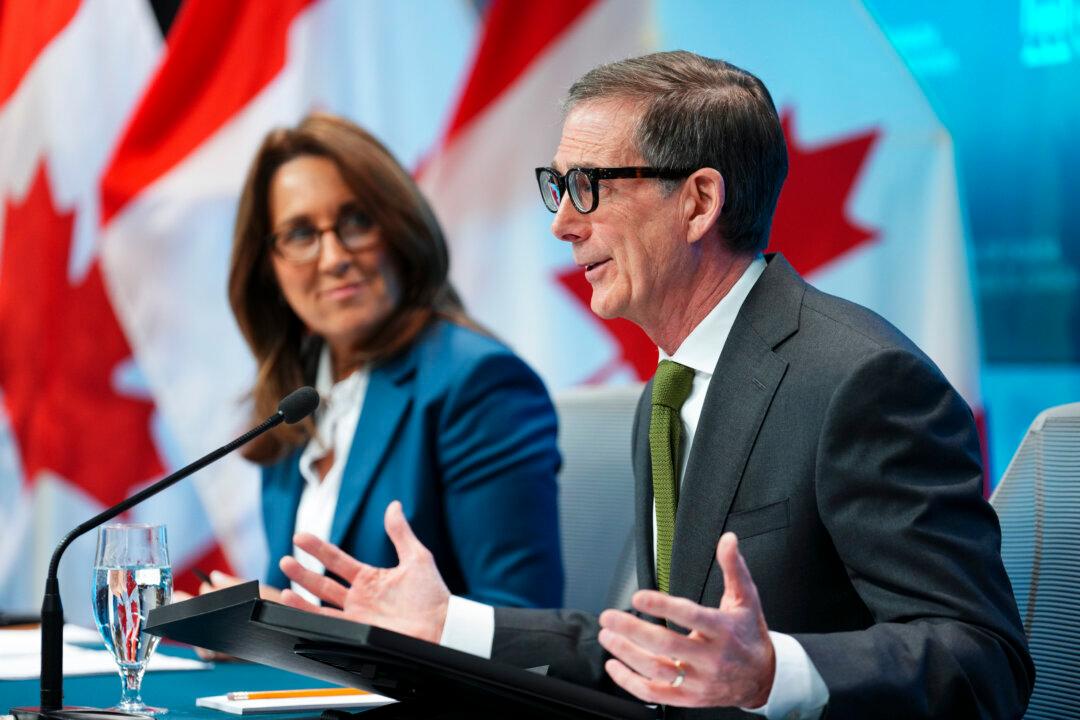The term “great resignation,” which describes the record numbers of people quitting their jobs amid the pandemic recovery, has gained some traction recently.
The quit rate—the number of people leaving their jobs voluntarily as a proportion of the total employed—hit 3 percent in the United States in September, an all-time high, according to the World Economic Forum (WEF). This could exacerbate the inflation problem, said Oxford Economics lead economist Adam Slater in a Dec. 1 note to clients.
Slater suggests high inflation could affect worker psyche and create something like a vicious cycle leading to even higher inflation. The annual inflation rate in Canada hit 4.7 percent in October, close to the highest in nearly 20 years. It was even higher in the United States, at 6.2 percent, that same month.
“The sharp recent rise in inflation has made workers more sensitive to inflation trends (after a long period of insensitivity) and prompted them to look for higher-paying jobs. This could feed back into still higher inflation,” he wrote.
People quitting is most notable in the United States but also in the United Kingdom, Slater said.
“The jump likely reflects tight labour markets and possibly a reaction to rising inflation. With a potential feedback effect from higher wages to prices, these developments represent an area of considerable uncertainty and an upside risk to our baseline inflation forecasts,” noted Slater.
There are both optimistic and pessimistic views of an elevated quit rate. Optimistically, a healthy jobs market typically has a fair bit of job churn. Pessimistically, Slater points out, “surging quit rates could be a possible sign of a shift to a higher inflation regime. As such, quit rates look like a key indicator for investors and policy-makers to keep an eye on.”
Different Story in Canada
In Canada, a similar metric to the quit rate is the proportion of people switching jobs. It has surged from almost nobody switching jobs in early to mid-2020, after the pandemic hit, back to a more typical level now.
“We’re not seeing this great mass resignation for any sorts of reasons,” Leah Nord, senior director of workforce strategies and inclusive growth at the Canadian Chamber of Commerce, told The Epoch Times.
Nord said that there are many differences between the Canadian and U.S. labour markets and that they are hard to unpack for their effect on the quit rate.





